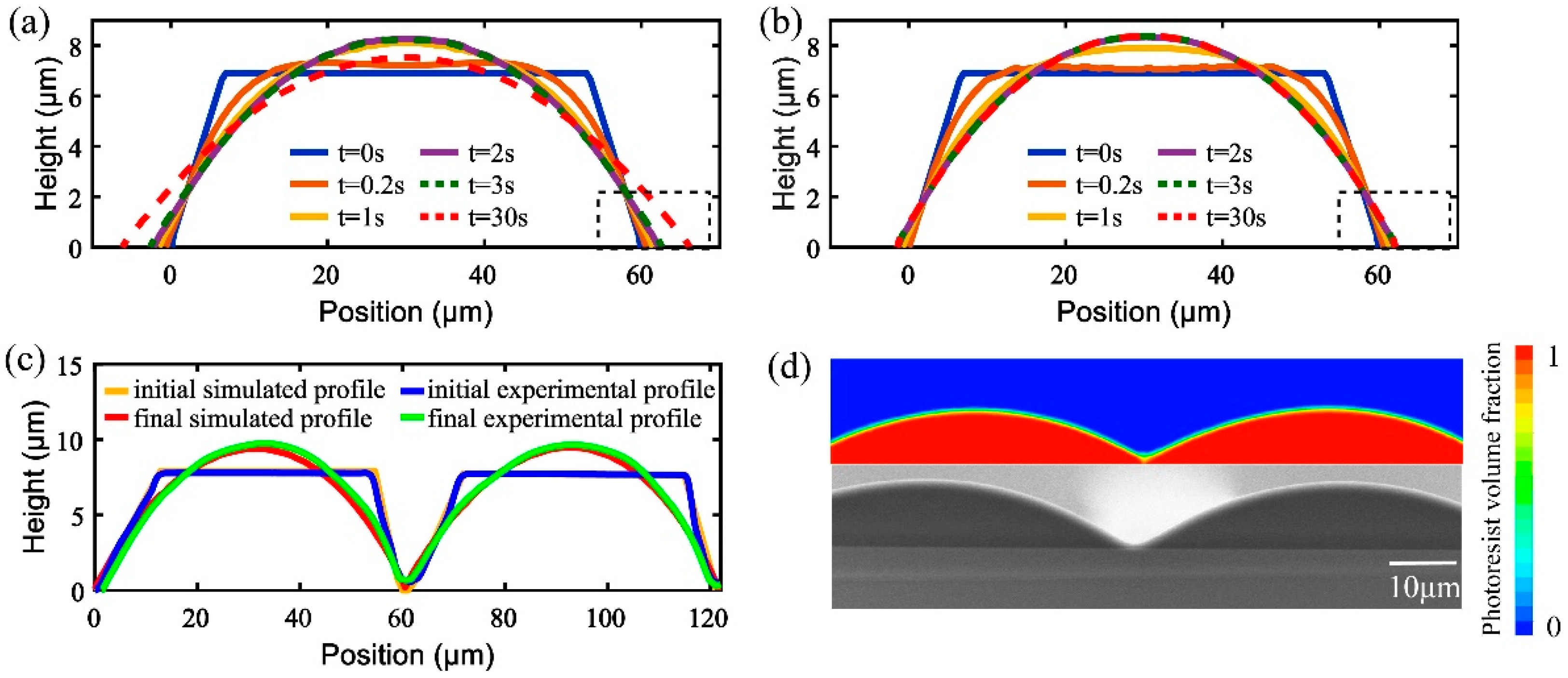
If component packages are not taught in the correct way it can cause the machines vision system to not see each part in the same way and so variation in placement will be observed. The placement of surface mount components must be repeatable and so a reliable, well maintained pick and place machine is necessary. Heating too quickly can cause defects such as components to crack and the solder paste to splatter causing solder balls during reflow. Preheat – During this phase the components, PCB and solder are all heated to a specified soak or dwell temperature being careful not to heat too quickly (usually no more than 2✬/second - check solder paste datasheet). The main aim being to transfer enough heat into the assembly to melt the solder and form the solder joints without causing any damage to components or PCB. Within a typical reflow soldering profile there are usually four stages – Preheat, soak, reflow and cooling. Ideally more thermocouples should be used to measure the full range of temperatures across the PCB – known as ‘Delta T’. It is recommended to have at least one thermocouple located on a pad towards the edge of the PCB and one thermocouple located on a pad towards the middle of the PCB. In order to create a reflow profile thermocouples are connected to a sample assembly (usually with high temperature solder) in a number of locations to measure the range of temperatures across the PCB. The calculation is for HEATED LENGTH – NOT OVERALL OVEN LENGTH. Note that the overall length of the oven will exceed 10 feet including the cooling section and conveyor loading sections. Oven heated length = 120 inches (10 feet) Therefore, the reflow oven must have a process speed of at least 30 inches per minute.ĭetermine oven chamber heated length with process speed equation: Load Factor = 0.8 (2-inch space between boards)Ĭalculate Line Speed: (3 boards/min) x (8 inches/board) How long an oven do I need to process boards at this throughput? The solder paste manufacturer recommends a 4 minute, three step profile. Process speed = Oven chamber heated lengthīelow is an example of calculation to establish the correct oven size:-Īn SMT assembler wants to produce 8-inch boards at a rate of 180 per hour.


Large parts might require even more time to warm up than tiny ones. It is additionally rather various when the parts take in the warmth to heat up. The PCB thermal ability is various according to the product kind, density, copper weight, and also the form of the board. Does it suggest that every area in this ECO-FRIENDLY location should fit your board reflow application? The solution is definitely NO!

The ENVIRONMENT-FRIENDLY location is the appropriate variety for the entire reflow procedure. How to enhance the reflow profile in the PCB process?Īccording to the referral by the IPC organization, the common Pb-free solder reflow account is revealed listed below.


 0 kommentar(er)
0 kommentar(er)
